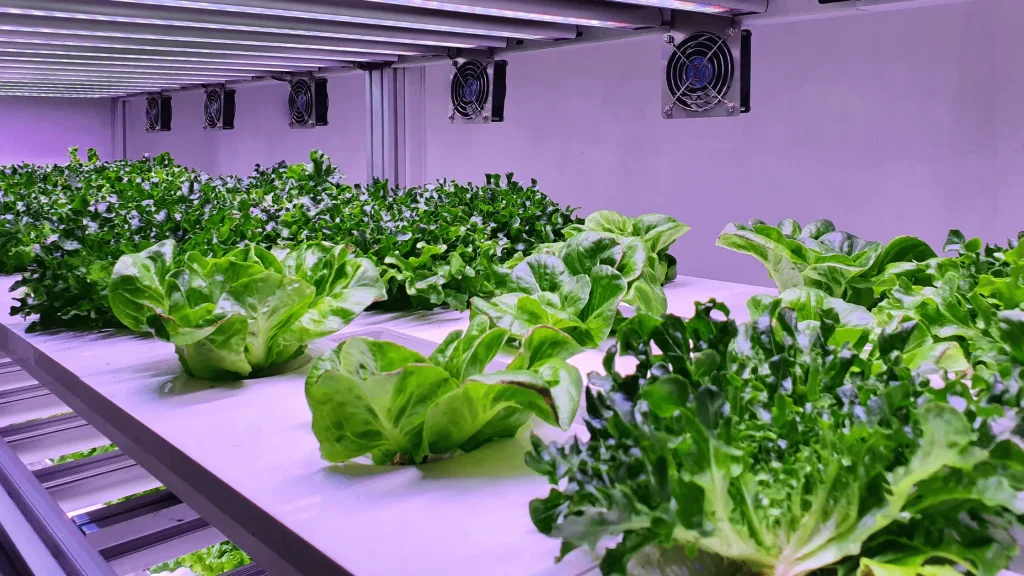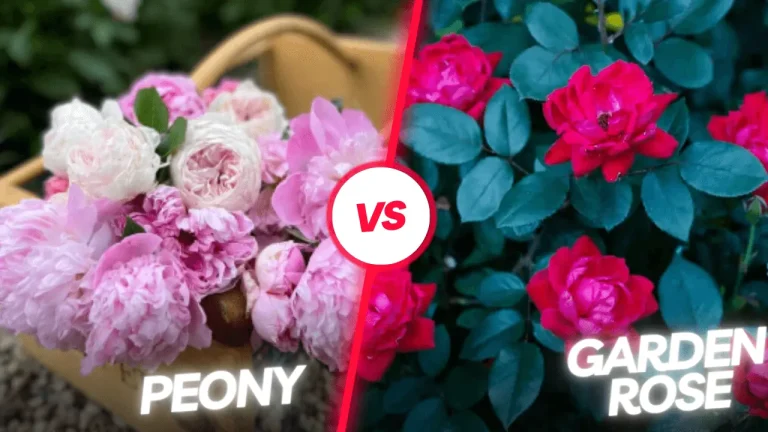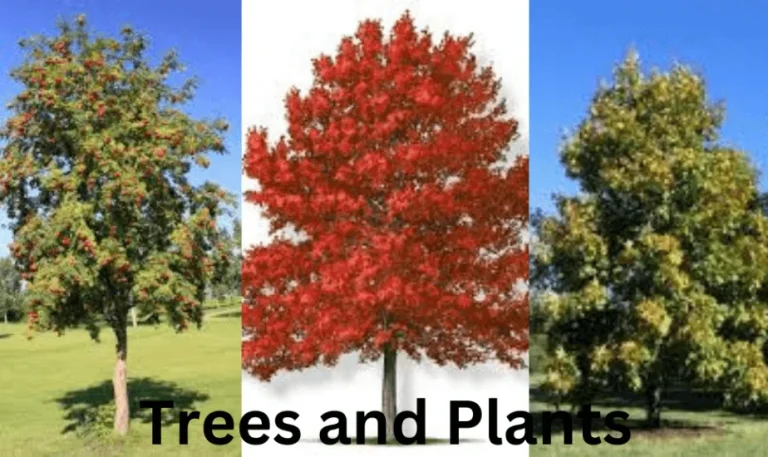Advantages and Disadvantages of Vertical Farming | A challenge for Greener Future
In the ever-evolving life sciences and agriculture, vertical farming has emerged as the latest technology to support sustainability and efficient food production. This technology offers a solution to many challenges faced by traditional farming methods. However, like all other innovations that come with negative aspects, this Urban Farming comes with its set of challenges and hurdles.
Although, Vertical farming disadvantages are a few, they pose a threat to this novel technology. In this article, we’ll try to uncover the 18 different challenges and drawbacks. These disadvantages accompany the promising concept of vertical gardening. While we acknowledge the complexities, our focus should remain to pave the way for a greener, more sustainable future.

Disadvantages of Vertical Farming
Some certain problems and limitations coexist with the potential of vertical cultivation. We have tried to cover most of them.
1. High Initial Costs: Investing in a Green Tomorrow
It is believed that vertical farming promises long-term benefits in terms of resource efficiency, reduced land usage, and improved yields. All this comes with high initial cost and investment, one of the primary concerns associated with vertical horticulture. This cost involves setting up the necessary infrastructure. The infrastructure includes; buildings, complex irrigation systems and specialized equipment required for vertical farming demand a significant financial investment.
Moreover, the companies dealing with vertical farming use a third party to install, thus involving more financial support. However, this investment is used to sow seeds for a brighter future.
2. High Energy Usage
Vertical farming’s high-energy usage has been a topic of discussion, but it’s essential to approach this challenge with a balanced perspective. The controlled environment in vertical agriculture demands energy for lighting, heating, and cooling.

Other aspects involving high-energy inputs are automation and irrigation (pressurized irrigation). Among these HVAC (Heating, Ventilation, and Air Conditioning) requires higher input.
Advancements in technology, such as LED lamps and efficient lighting systems, are driving the industry towards greater energy efficiency. This challenge is an opportunity for innovation and progress, propelling us closer to sustainable solutions.
3. Complexity in Maintenance and Operations
Vertical farming’s complex system demands a skilled workforce for efficient operation and maintenance. The intricate web of technology, automation, and plant care. All these require a team with diverse skill sets. Embracing this complexity is an investment in skilled labour and education.
The most intensive task involved in vertical cultivation is cleaning and disinfecting. However, accomplishing all these jobs properly helps in creating an environment conducive to efficient crop production.
4. Crop Variety and Sustainability
The limited crop variety in vertical farming often arises due to space constraints and complex growing conditions. Moreover, financial constraints also limit the number of crops that can be grown there easily. We can grow horticultural crops like leafy vegetables, berries, potatoes, cucumbers, tomatoes, and Mushrooms.
However, this challenge spurs us to explore innovative solutions like hydroponics and aeroponics, enabling us to expand the list of crops that can be grown in controlled environments. Balancing variety with sustainability is key, as each crop has its unique requirements.
5. Pollination and Biodiversity
Natural pollinators like bees, birds, and wind are absent in controlled vertical farming. Thus, in a controlled environment, natural pollination by insects, birds, and wind becomes a challenge. However, vertical farming stimulates creativity by encouraging alternatives such as manual pollination and even the integration of beneficial insects.
This challenge is also financially cost intensive and requires skills. Some companies like Edetepta and Polybee are working on introducing automated systems of pollination. This process still requires investment.

6. It can’t replace tall crops
Another notable disadvantage of vertical farming lies in the limited number of crops that can be grown economically within its controlled environment. Unlike traditional farming, which can accommodate tall field crops like corn, sugarcane, and wheat, vertical farming thrives only with a limited number of short-stature crops. These staple crops (tall crops) play an essential role in our food supply, and their growth requires the vast expanses of traditional fields. However, this limitation fosters a focus on crop quality.
Vertical cultivation is better for leafy green veggies and berries. Some scientists are trying to use this farming for growing tall crops that can be further used to grow in space. Soybean is an example of this crop.
7. Dependence on Flawless Technology
The success of vertical farming depends on sophisticated technology only. This innovative technology brings both benefits and challenges. The dependency on technology working properly underscores the importance of maintaining and calibrating equipment with precision to be safe from the disadvantages of vertical gardening.
Take an example of irrigation technology. In vertical horticulture, we use a hydroponic system, irrigating water, nutrients, minerals, and phytohormones, directly to the root zoon. This means that we need to be much more careful to apply all these inputs. Minor negligence may lead to the destruction of the whole vertical system farm.
It is better to build a large number of subsets for false tests. These false tests and trials will help us to know the immediate results.
8. Expertise and Skill
Another disadvantage of vertical farming is the knowledge and skill-intensive nature of the system. Vertical farming mandates a high level of skill and technological know-how, involving human expertise and cutting-edge technology. This fusion of traditional agricultural knowledge and modern innovation demands a workforce with continuous learning and adaptability.
Engineering, installation, development, data collection, and management, all are the pillars of vertical cultivation. This drawback bridges the gap between generations, nurturing a workforce that embodies the best of both worlds.
9. Recruitment in the Latest Technology
The next downside of vertical farming is its novelty itself. The novelty of vertical farming technology sometimes poses a challenge in recruiting experienced personnel, as the field is still emerging. This highlights the pioneering spirit required to enter this system, attracting individuals who are passionate about shaping the future of agriculture.
There is a lack of experienced labour force, the biggest challenge in the way of the advanced farming system. As we overcome this hurdle, we cultivate a community of visionaries who embrace innovation with open arms.

10. Pest Infestation and its Control: Guarding the Green Haven
While the controlled environment of vertical farming minimizes external factors, it can lead to pest infestation, another limitation. Vigilance and careful monitoring are essential to protect crops from potential threats.
This challenge encourages a holistic approach to pest management, emphasizing prevention and eco-friendly strategies that safeguard both the crops and the environment.
11. Meeting Regulatory Standards
This is one of the biggest disadvantages of such a sophisticated system. A big hurdle of any agricultural endeavour is the complement to adhere to regulatory requirements. In vertical cultivation, all regulatory requirements must be met to ensure the safety and quality of produce.
This might seem like a negative aspect, but it is a testament to our commitment to producing good and healthy food, assuring consumers’ well-being. It is therefore advisable to stick to the regulatory measures to ensure safety from the issues of vertical horticulture.
12. Immature Technology
As with any innovative field, the technology is not yet mature in vertical cultivation, yet another disadvantage. However, this should be perceived as an exciting phase of evolution needing much of time and money to make it profitable.
Every step taken towards perfecting the technology brings us closer to a sustainable future. Moreover, all these steps ultimately lead us to a new era of agricultural excellence.
13. Infrastructure for Bridging the Processing Gap
While the cultivation of crops is optimized in vertical farming, the infrastructure for further processing is missing. This poses a great problem to vertical agriculture. However, this challenge becomes a catalyst for collaboration, as it encourages the integration of processing units within vertical farming facilities.
The developed infrastructure saves transportation costs and time to reach the end user. It saves the life of perishable horticulture products. The symbiotic relationship between cultivation and processing propels us towards a holistic approach to food production.
14. Profitable only for Selected Plants
It’s essential to note that vertical farming is profitable only for a handful of plants. All this is due to high initial and running costs and high dependence on technology. This could be another downside.
However, this is not a deterrent but rather an opportunity. This necessitates focusing on crops that thrive in this controlled environment and are highly profitable. By aligning profitability with sustainable practices, we can give maximum benefits to both producers and consumers.
15. Tech Challenges
While technological failures might seem like constraints, they serve as a reminder of our capacity for innovation. The potential for technological failures leading to major problems drives us to develop robust systems that can withstand challenges.
That’s why, each failure becomes a stepping stone towards a more resilient vertical agri ecosystem. Facing the issues in farming and developing new technologies would be a guarantee towards a sustainable future.
16. Negative Approach for Rural Livelihoods
Vertical farming is an innovative technology, yet we must consider its potential impact. This farming is sometimes referred to as urban farming. The shift towards urban-centric farming could mean that people in rural regions could lose their livelihoods. Most of the people in the rural areas still have conventional farming systems.
This disadvantage of urban farming calls for a balanced approach, ensuring that rural communities remain empowered through knowledge sharing and technological access. They should be given skills to get hands-on practice for performing vertical cultivation.
17. Less Nutritional Value
Another challenge in the technology of growing crops in a contained vertical system is the low nutritional value. The crops currently grown might possess a small caloric density as the technology is still under development.
See Also
However, this opens the door to research and innovation. Moreover, scientists and research can find new avenues to go for better and the best. They all may strive to cultivate nutrient-dense crops to meet nutritional standards.
18. Limited Available Knowledge
Despite its potential, the knowledge about indoor farming is still small, a big problem of vertical growth. This is a call to action for continuous learning, collaboration, and research.
As we expand our understanding of indoor farming, we collectively pave the way for a future that thrives on knowledge and innovation.
Conclusion
Vertical farming is an intensive farming model that works on efficient resource utilization, reduced food loss and waste, and enhanced food security. Certain vertical farming disadvantages remind us that we need innovation. These problems and constraints are; high initial and running costs, high energy consumption, lack of knowledge, skills, and technology, and maintenance and pollination problems. By working on these cons and complexities of vertical cultivation, we sow the seeds of progress, setting the stage for a greener, healthier, and more sustainable future.
FAQs
I’m Dr Qaiser Maqsood (PhD), a dedicated researcher and expert in Biological Sciences, Gardening, Bio-Diversity, Ecology, and Environmental Sciences. I’m much concerned about Environmental Pollution, Climate Change, Plantation, Gardening, and Global Warming. My passion is to explore innovative solutions in all these fields.
Be aware that we have ONLY ONE EARTH. Protect it!!






